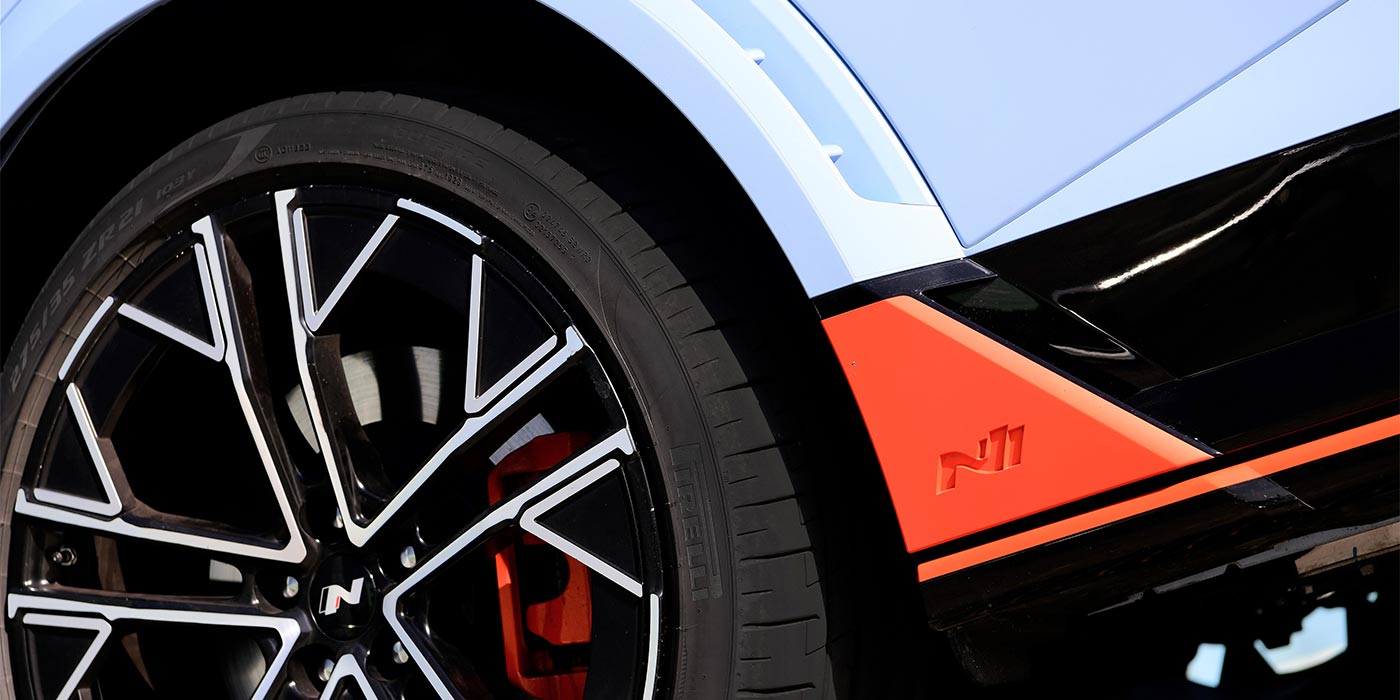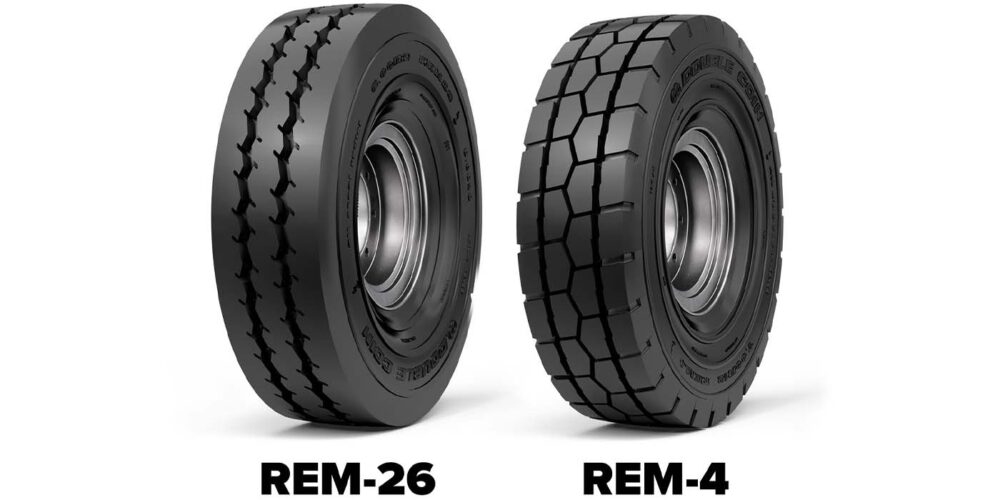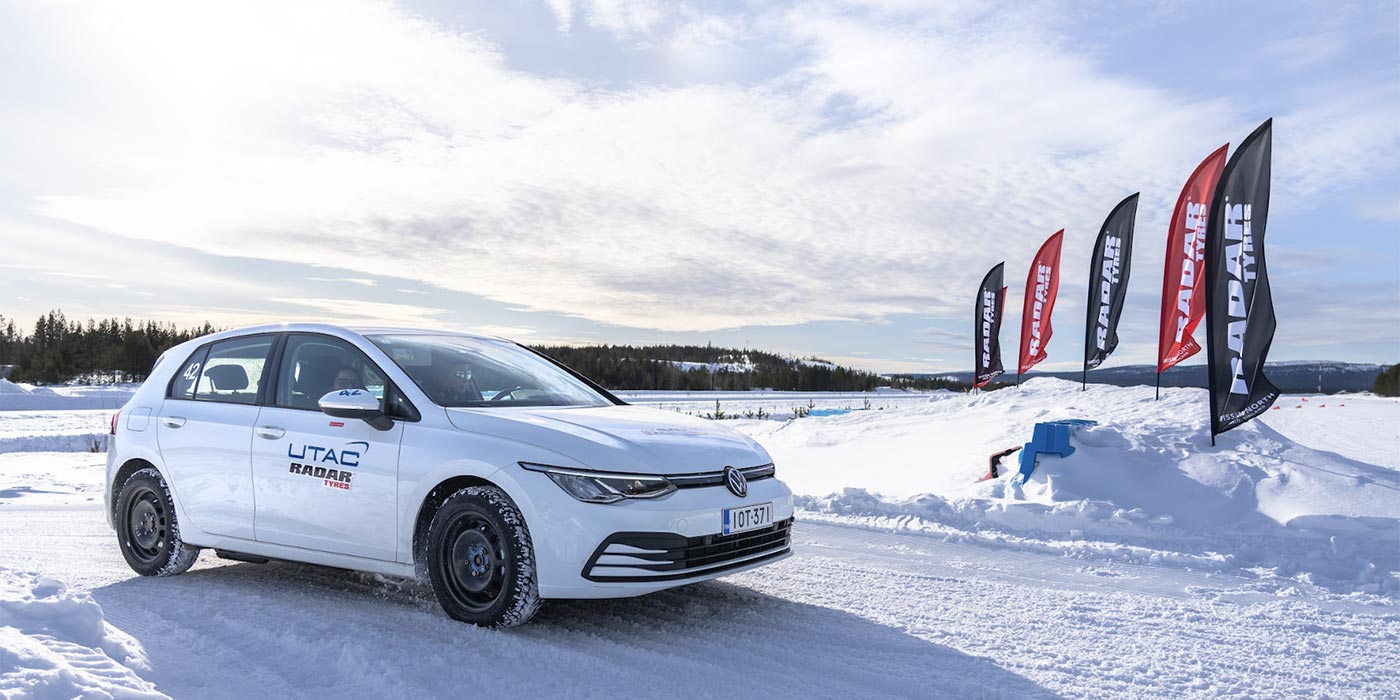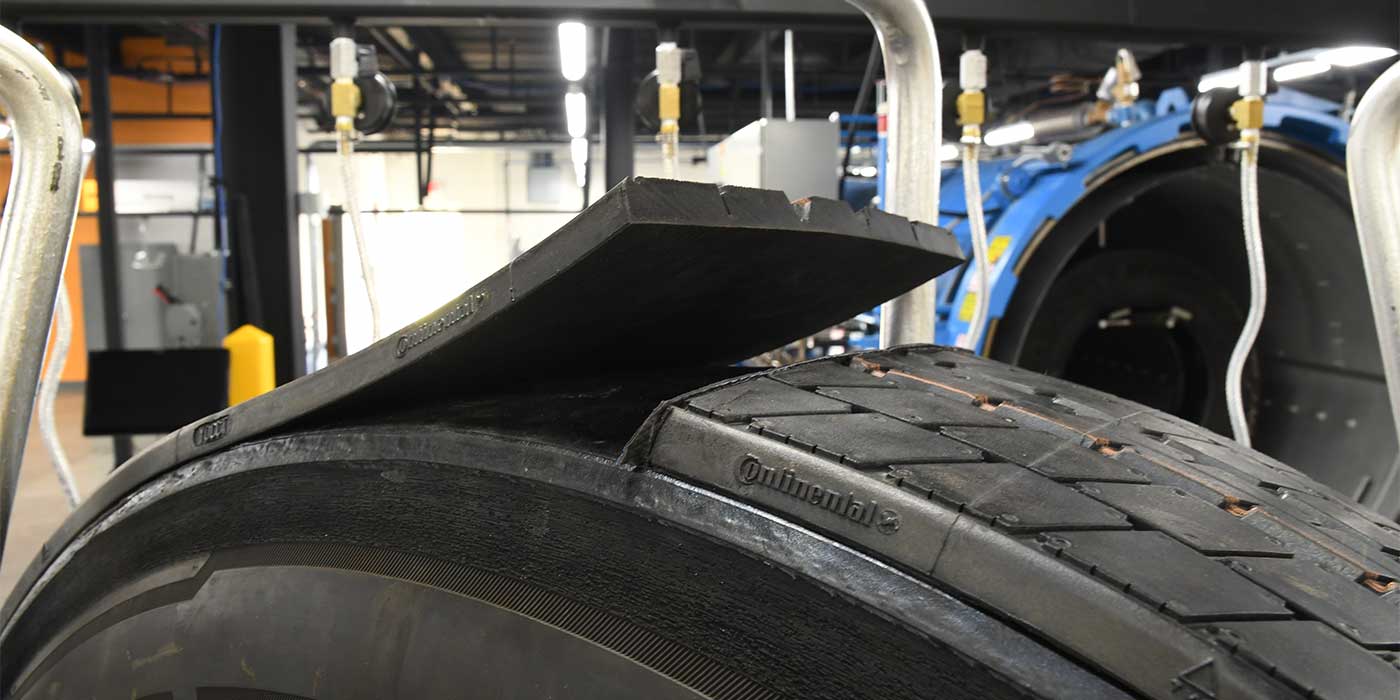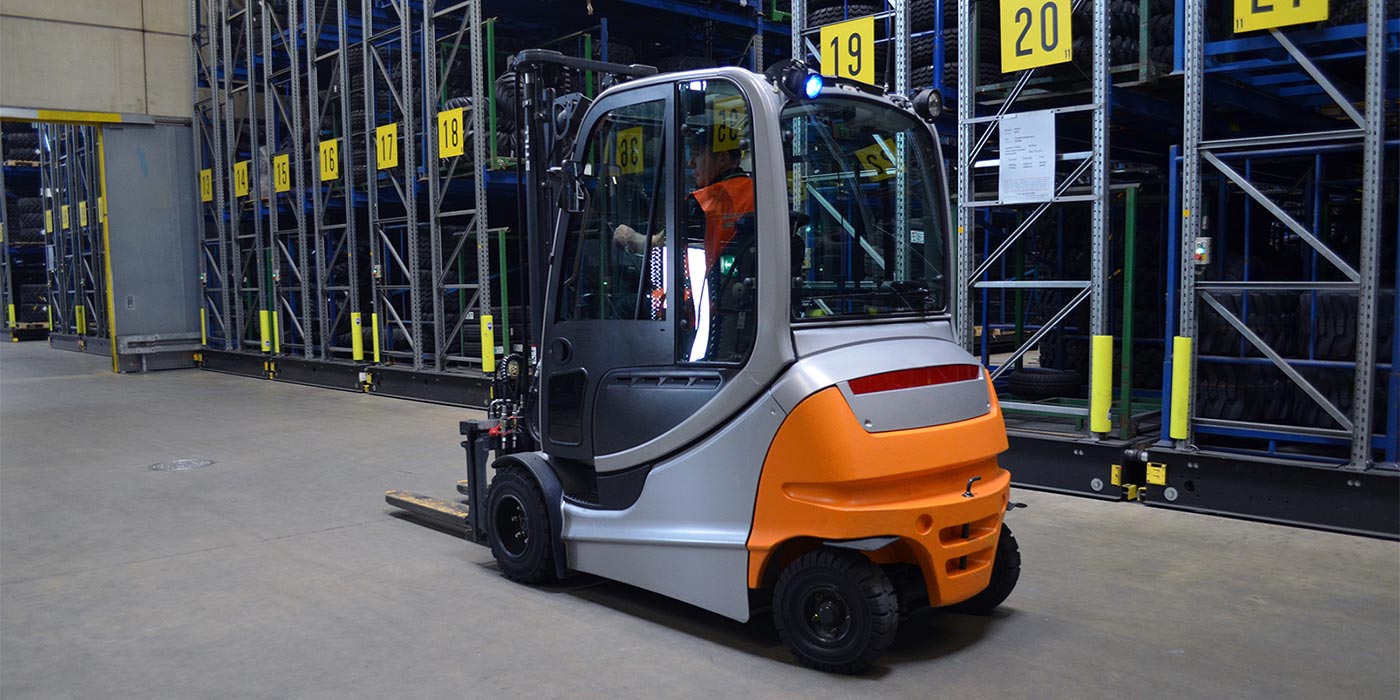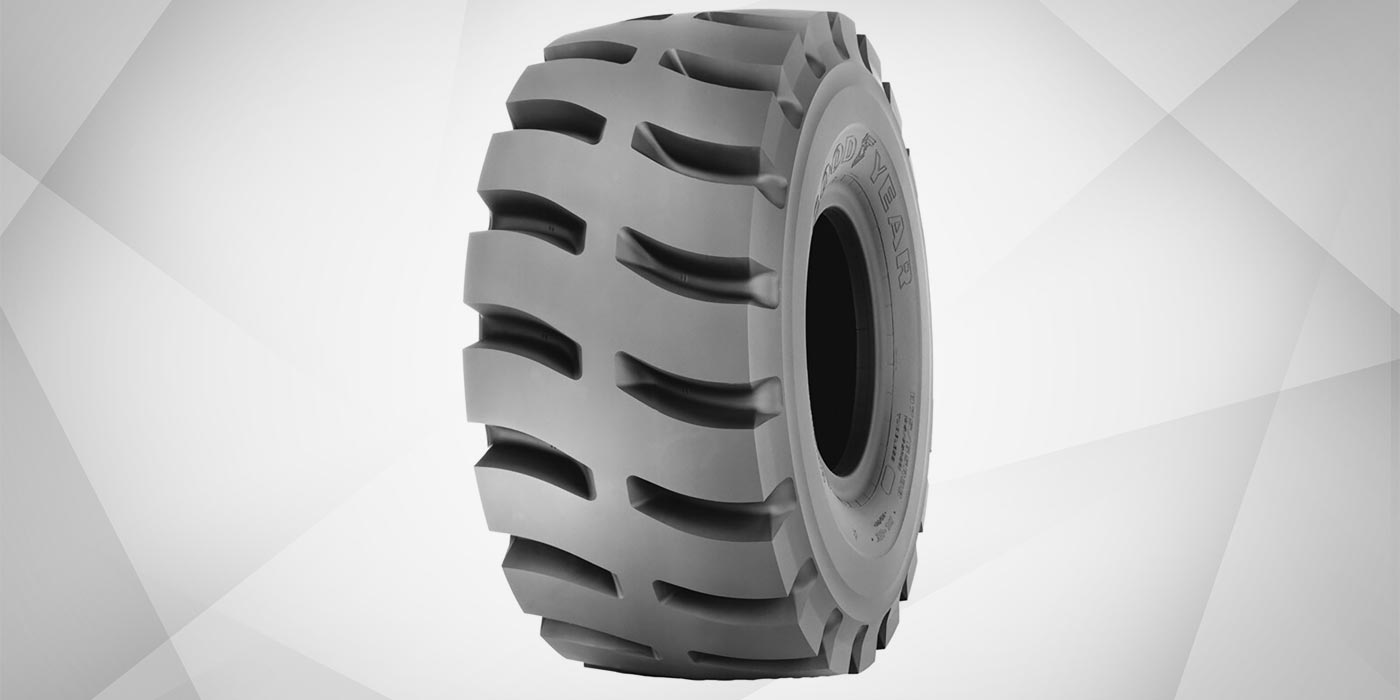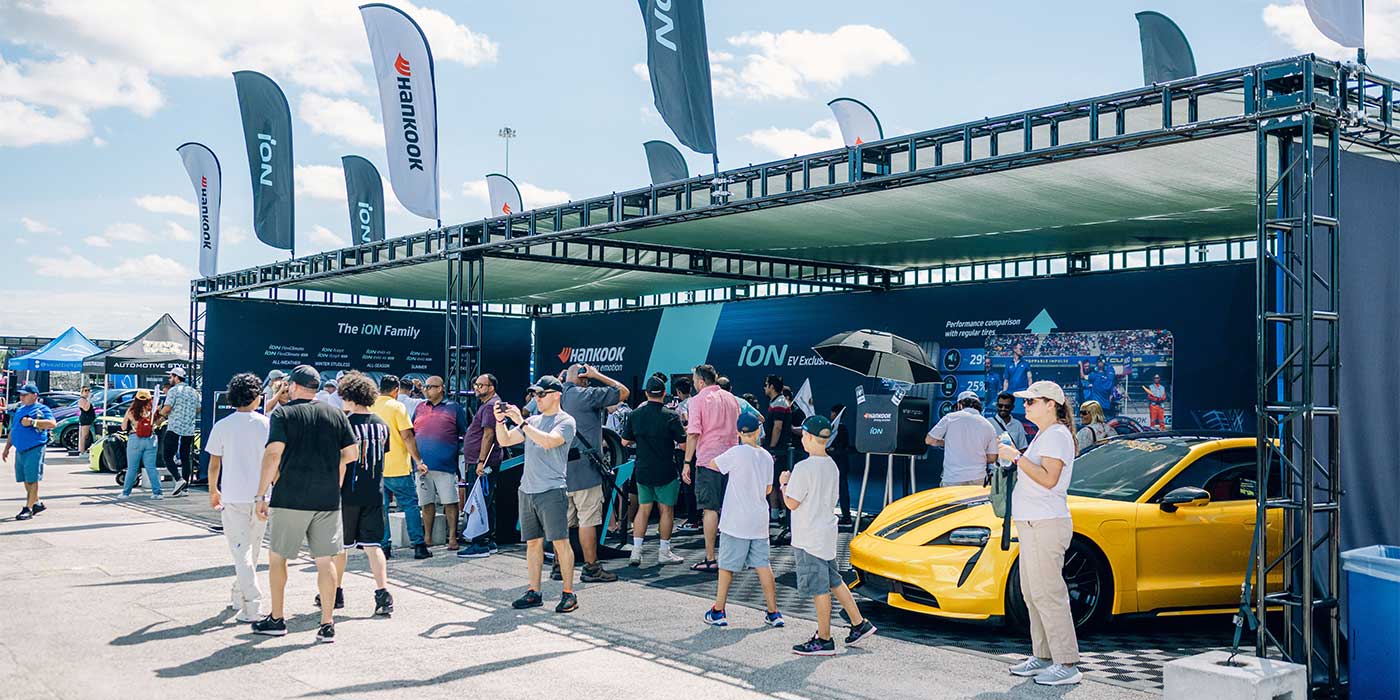Adjusting air pressure will, without question, change how a vehicle rides and handles. However, journalistic ethics (yes, there is – or was – such a thing) and my own moral compass prevent me from recommending tire pressure ever be set below the vehicle manufacturer’s specifications.
At least for motoring on public roads.
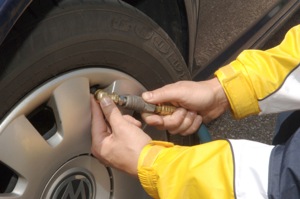
Here’s my check-your-air-pressure stump speech: “I’d rather see your tire pressures 3 to 5 psi higher than the car maker’s recommended pressure rather than 1 psi lower.”
The reason: If I convince someone to properly set air pressure today, it may be a couple of months – if not a couple of years – before they do it again. Also, higher pressure better resists hydroplaning: If you run lower than recommended pressure, on a rainy day you’ll be comfortable when the car plows off the road and into the trees. Also, pressure set exactly to specifications on an unseasonably warm October afternoon can be a half dozen or more psi low on a cold November morning. And even quality tires can lose 0.75 psi or more per month.
I can hear the “even if” arguments now.
Sure, if you’re the only person in the 15-passenger van or you never put anything heavier than a couple of Labrador retrievers in your pickup, you can get away with dropping the rear tire pressure to improve the ride. I’ve gotten away with top-speed testing on open public roads, and a bunch of other things I don’t care to share. That doesn’t mean they’re good ideas.
Let’s say you drop the pressure on that 15-passenger van from the recommended 60 psi front, 80 psi rear to 45 psi all the way around. You’ll have a more comfortable ride on your lonesome way to the church, school, or senior center. Forty-five pounds per square inch is adequate to carry the weight of an empty van.
But what are the odds the next driver will inflate the tires to the proper pressure before filling the van to its gross vehicle weight rating with junior high football players, the church choir, or 300-pound bingo players? Slim? None? Then the overloaded tires will overflex, overheat and, eventually, fail.
The government says about 80% of deaths in 15-passenger vans happen in single-vehicle, rollover incidents. I’d bet three-quarters of those were precipitated by failure of tires that were underinflated and overloaded at some point in their lives.
Same thing for your pickup. Maybe your wife will loan it to her slacker brother so he can get free, soaking-wet mulch from the landfill. Think your brother-in-law is going to put fuel in your truck or clean out the bed, much less raise the tire pressure? The underinflated, overloaded tires will be fatally injured, perhaps without your knowledge. Later, perhaps much later, you’ll be cruising down an Interstate at 80 mph on a blisteringly hot day. A tire will mysteriously fail and those poor pups may get tossed out of the bed.
One more for the “even if” crowd. Michelin performed a hydroplaning resistance test using pressures above the “max pressure/max load” rating. The test was motivated by the common practice among law enforcement officers of inflating their tires above that recommended by the vehicle manufacturer. The test almost doubled the “max pressure” without discovering where hydroplaning resistance reached a plateau.
Conversely, a 5 psi drop below the manufacturer’s recommended pressure showed a notable reduction in the tire’s ability to disperse with deep water. Also, multiple tests with “people-off-the-street” revealed that pretty much everyone can notice a difference in wet handling between tires set to the manufacturer’s recommendations and those set to just ABOVE the threshold for a warning from the TPMS.
(Pardon my repetition: The “max pressure/max load” number on the sidewall has NOTHING to do with the burst pressure of the tire. That number indicates where adding more air pressure will not allow the tire to carry additional weight. The burst pressure is a shockingly high multiple of the “max pressure.”)
Swapping for Comfort
So, can we improve ride by reducing pressure below that recommended by the vehicle manufacturer? Not if we have a lick of sense, or a proper fear of plaintiff’s attorneys, we can’t. (I have faced off against plaintiff’s attorneys, so I have hard-earned respect for them.)
There are options if a consumer complains about poor ride quality. These include switching from UHP tires to what some call “grand touring” or touring tires. A more radical approach would be a switch to smaller-diameter wheels and higher-profile tires. If the consumer purchased a performance vehicle with 19- or 20-inch wheels, the car’s larger brake rotors may prevent the smaller-wheel route.
Performance Matters
Can we improve handling and ultimate grip by increasing tire pressure? You bet! I participated in several at-the-limit, race-track-style pressure tests. We found that increasing the pressure on the end with less grip worked wonders. If the front tires lost grip first, adding front pressure and reducing rear pressure allowed an expert driver to get around corners faster. (Just to make things clear: This was on a test track and the goal was to make the car go around corners much faster than would make sense on public roads.)
The same thing can be accomplished with “square fitments.” Most high-performance cars come with narrower front tires. The 1999 Porsche 911 came with 215s on the front and 265s on the rear. This is because most untrained drivers will far better survive a situation when the front tires lose grip before the rears. (It’s called “push” by stock car drivers and “understeer” by engineers.) The Porsche is much quicker with 255s all the way around, and the fronts set at a higher pressure than the rears.
If I were advising someone who was participating in autocross or track day events, I’d feel safe in recommending they start with the front tires set 15 psi above the vehicle manufacturer’s recommendation and the rears at the recommended level. If the car continued to plow, push or understeer, I’d go up another 15 psi in front and add five in the rear.
Modifying tire pressures from the vehicle manufacturer’s recommendations can improve ride and handling. However, unless you’re recommending a slight increase to account for weather and leakage, or you’re making suggestions for off-highway use, I suggest keeping those recommendations to yourself.




